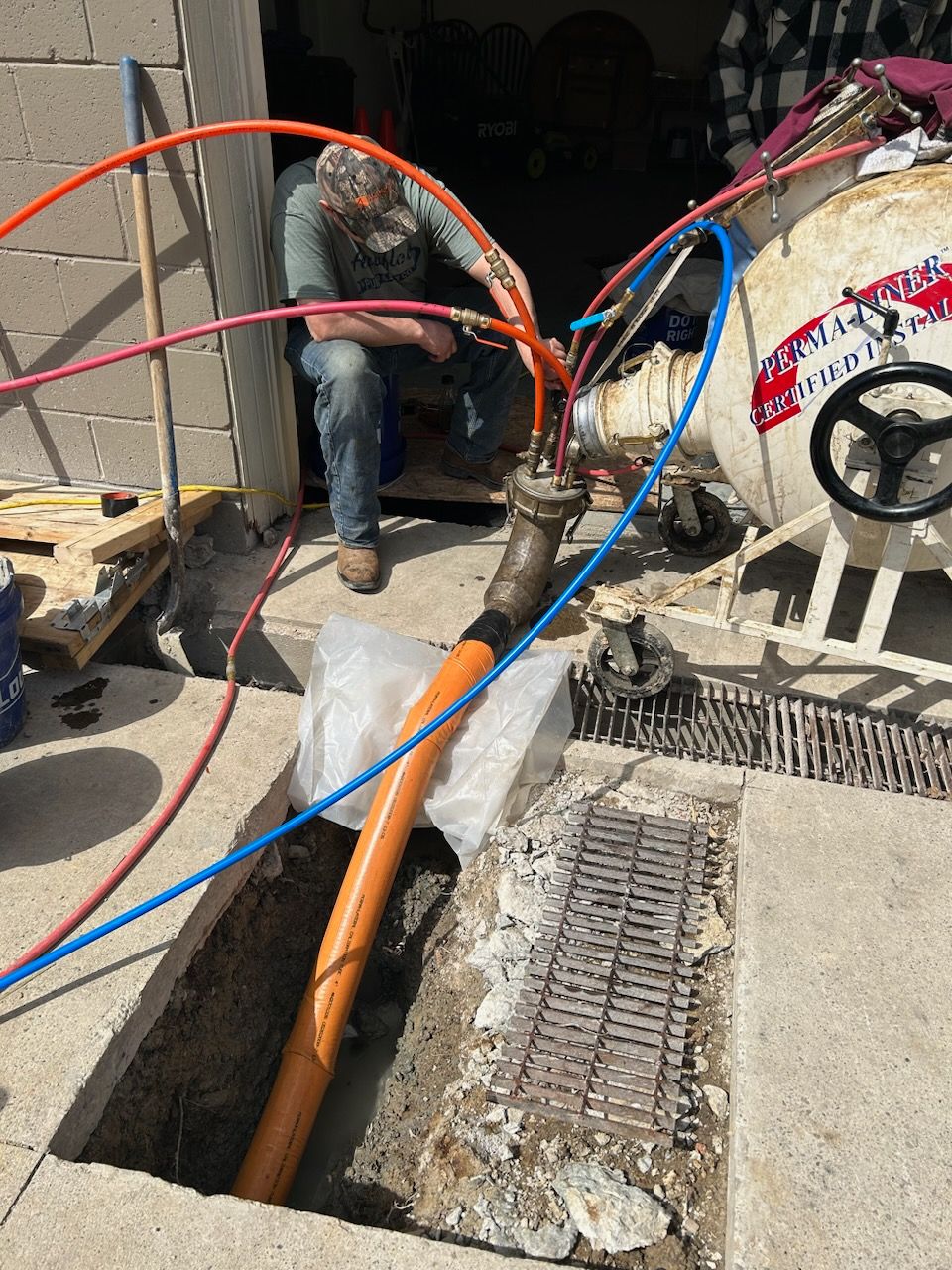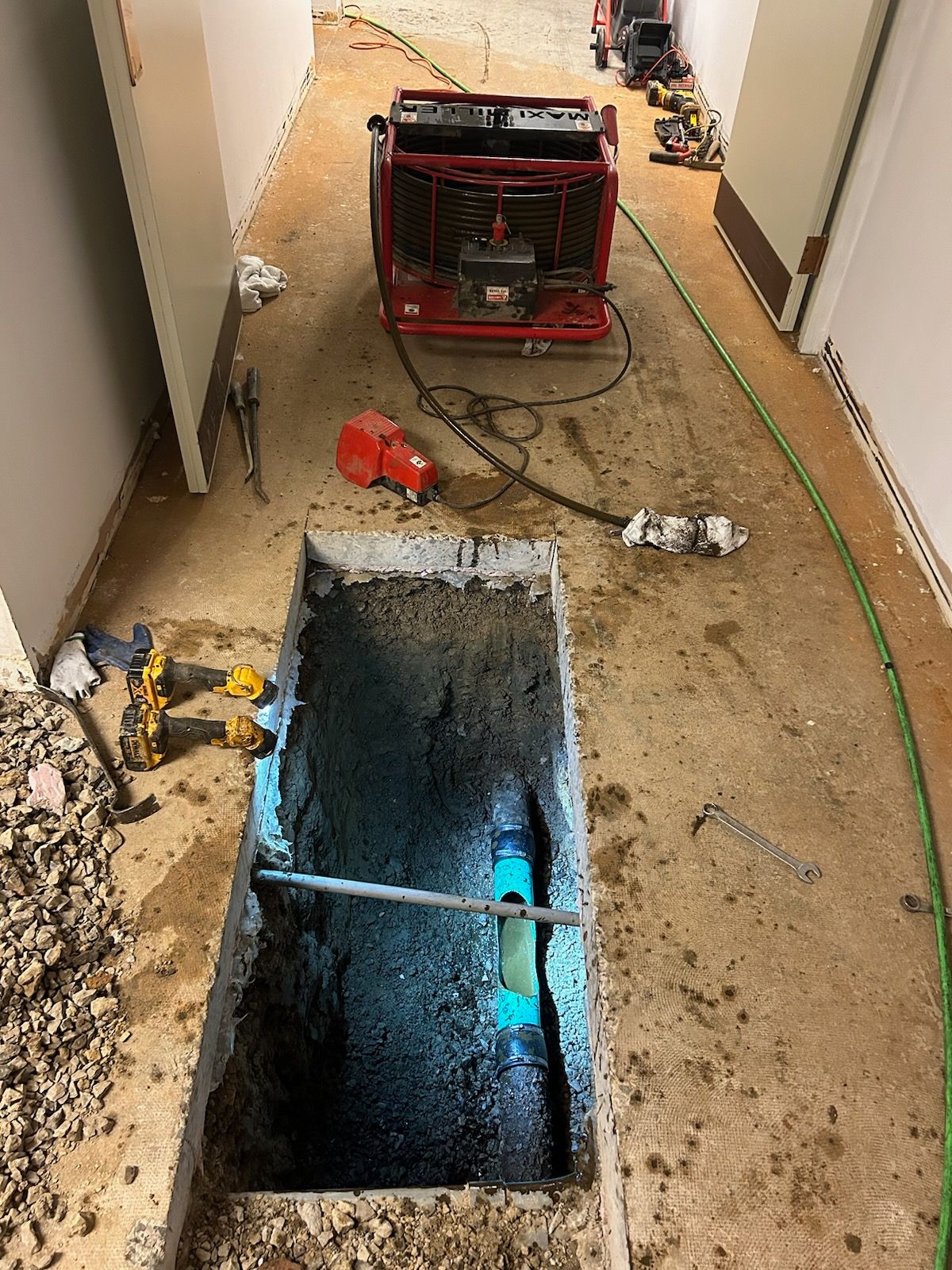It’s incredibly difficult as a homeowner to deal with issues that have to do with your sewer system. For one thing, problems with sewer linings and other aspects of your sewer system can result in very noticeable home issues — many of which are fairly disgusting. For another, they can often involve a good bit of destruction even during the repair process. Sewer repairs are never easy, and it’s only worse when the damage that has been done to your sewer is so severe that you actually require a sewer line replacement.
Many homeowners feel as if there is only one way through which they can have their sewer repaired or replaced: the traditional way. They aren’t even aware that trenchless sewer repairs and replacements are options. There are so many advantages when choosing the trenchless option over traditional methods.
What Are Trenchless Sewer Repairs?
If you’ve ever had to have traditional sewer repairs done on your property, you’re probably familiar with drilling and boring methods often utilized. Trenchless sewer repairs are quite different on several levels. Essentially, they are done through one starting point, and materials are then horizontally looped through that point. Cameras can be used to help guide the way through the underground tunnel, which ultimately allows for more accuracy in terms of the drilling process.
Trenchless methods can be used not only for repairs but total installations and replacements as well. They can also be used to help investigate potential problem points in a sewer line. In particular, trenchless sewer lines utilize cured in place pipe solutions, sometimes known as CIPP solutions. Of course, no sewer line repair or installation method is completely perfect, but there are many advantages to choosing the trenchless methods over the traditional method.
What Are The Advantages Of Utilizing The Trenchless Sewer Method?
There are so many reasons why homeowners are now beginning to prefer trenchless sewer repair and installation methods. As previously mentioned, trenchless methods only require a singular starting point, which therefore means that there is less damage done to your property during the process. Oftentimes, traditional methods require a good bit of excavation, which in turn means that you’ll not only pay for the repair or installation but also the landscaping repairs to the surrounding area afterward. In fact, CIPP installations can often be finished in just a few hours, and don’t require large scale digging.
Another advantage of this type of method is that a camera can easily be threaded underground to detect the source of a problem, which means that you can more easily discover what needs to be done to complete the repair process. Furthermore, CIPP will last longer than alternate solutions, and you can rely on it for the long term. Trenchless repair methods can be done in a variety of different weather conditions as well, and the trenchless process will not be as easily affected by traffic as the traditional process would be.
Is The Trenchless Repair Process Worth The Money?
Some homeowners are hesitant to invest in trenchless sewer repairs because they tend to be more expensive than traditional repairs. However, they are going to last longer, and do not require the expense of repairing your general property afterward. Therefore, in the long term, you’re actually spending less. While trenchless solutions may not be for everyone, there is a reason why they’ve often been favored by companies installing telecommunications systems. It only makes sense that they’ve shifted towards the residential sphere.
Now that you’ve learned more about the trenchless sewer repair option, consider whether or not it would be right for you. Ultimately, keep in mind that it’s crucial to invest in the long term future of your sewer system; this is an important part of your home’s functionality, even if it’s not something that you particularly want to deal with!
Categories
Related Posts




















